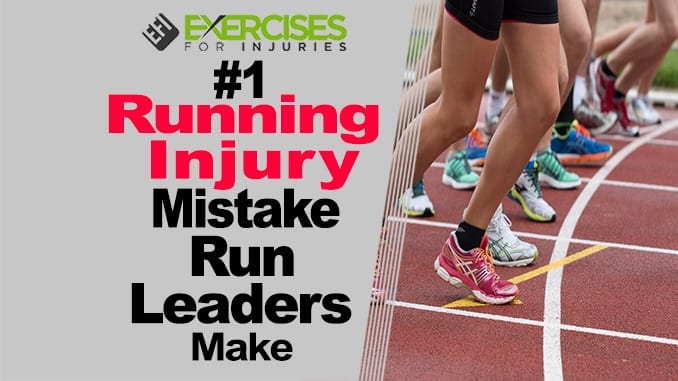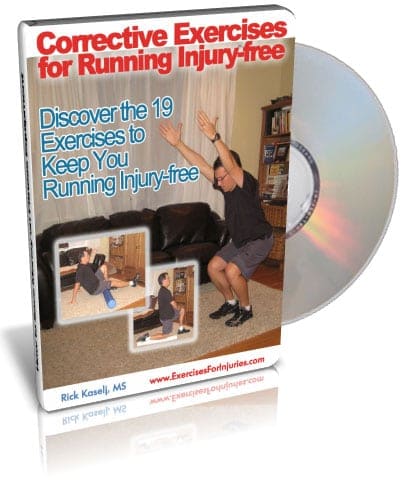
I just finished up my winter run with my son and my dog. While I was running I started thinking about the number one mistake that run leaders make with their clients when it comes to running injuries. I will get to the number one mistake, but first, let me give you a little background.
#1 Running Injury Mistake Run Leaders Make
CLICK HERE to watch the video the #1 Run Injury Mistake Run Leaders Make
Make Sure You do This in Order to Avoid Running Injuries
I make sure I do all kinds of running routes and always change my route. It can be an out and back, it can be a counter-clockwise loop, or it can be a clockwise loop.
I end up doing this because all of the surfaces are angled, no matter where you run.
If you put a level on the ground, you will see that all surfaces slope (cant) in one direction. This is so that the water can roll down and move off the surfaces when it rains.
How This Mistake Can Lead to More Running Injuries in Your Clients
How does this end up affecting you when you run? It is almost like you have to create a leg length discrepancy when you’re running so with that canted surface (sloped) it ends up changing the length in one of the legs, elevating one of the legs and lowering the other leg; which ends up effecting your pelvis.
One side of your pelvis ends up being higher, the other side ends up being lower. This ends up putting undue stress on different parts of the lower body, for example, the knees.
It ends up putting lots of stress when it comes on the back, this change in stress increases the risk of injury in the knee and the risk of injury when it comes to the lower back. Plus, this increased stress also leads to muscular imbalances in the lower body and in the lower back.
#1 Running Injury Mistake Run Leaders Make
Run leaders make the mistake of doing the same route over and over again. They don’t end up changing the type of run route they do (out and back, or clockwise or counter-clockwise loops).
You’ve got to always change the route that you end up doing so that you minimize this leg length discrepancy due to the surfaces that you are running on. Follow this one tip to keep your runners injury-free, and don’t be like all the other run leaders.
If you are looking for ways of improving the most you get out of your client’s quadriceps stretch, check this out – CLICK HERE.
If you are a fitness professional and interested in discovering how to keep your clients running injury free and how to help your client recover from common running injuries, check out the Injury-free Running course.
Rick Kaselj, MS
Podcast: Play in new window | Download






